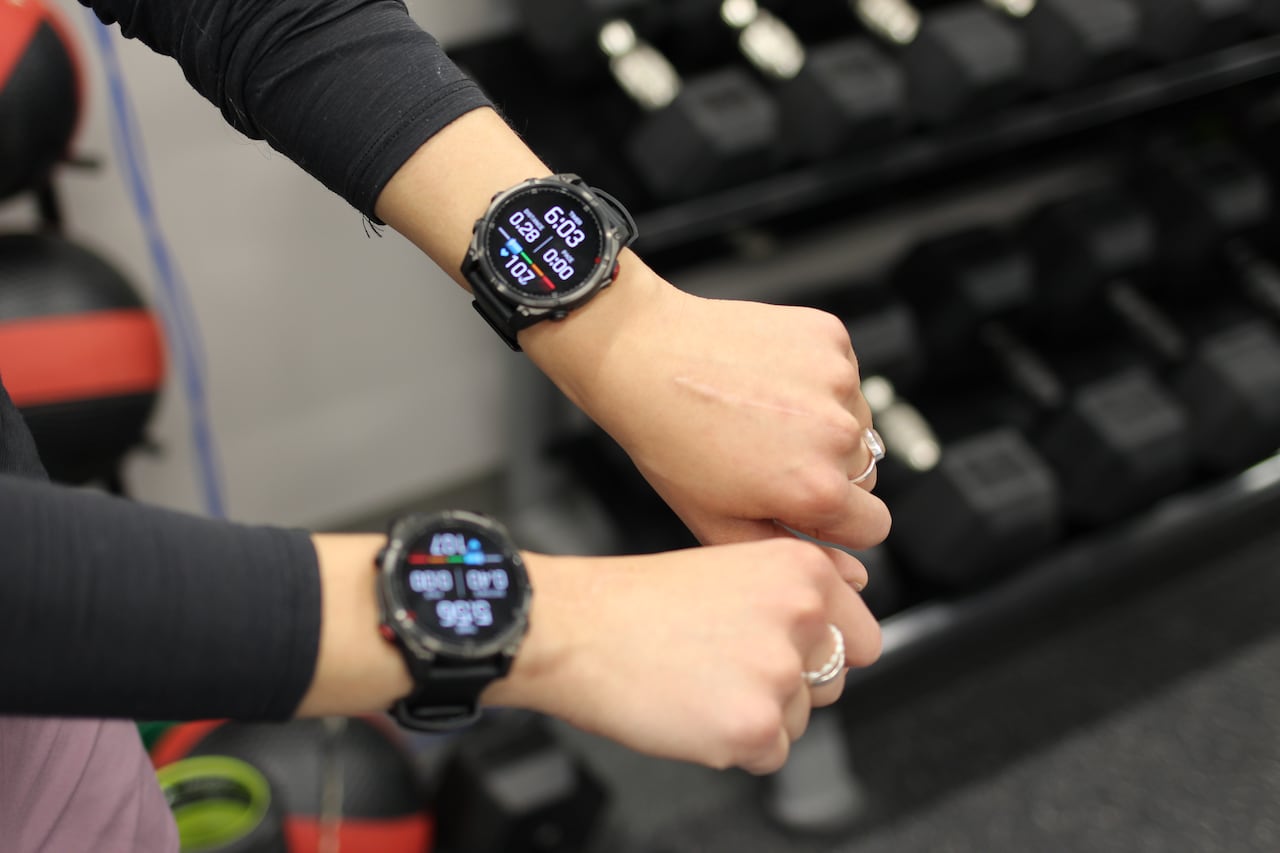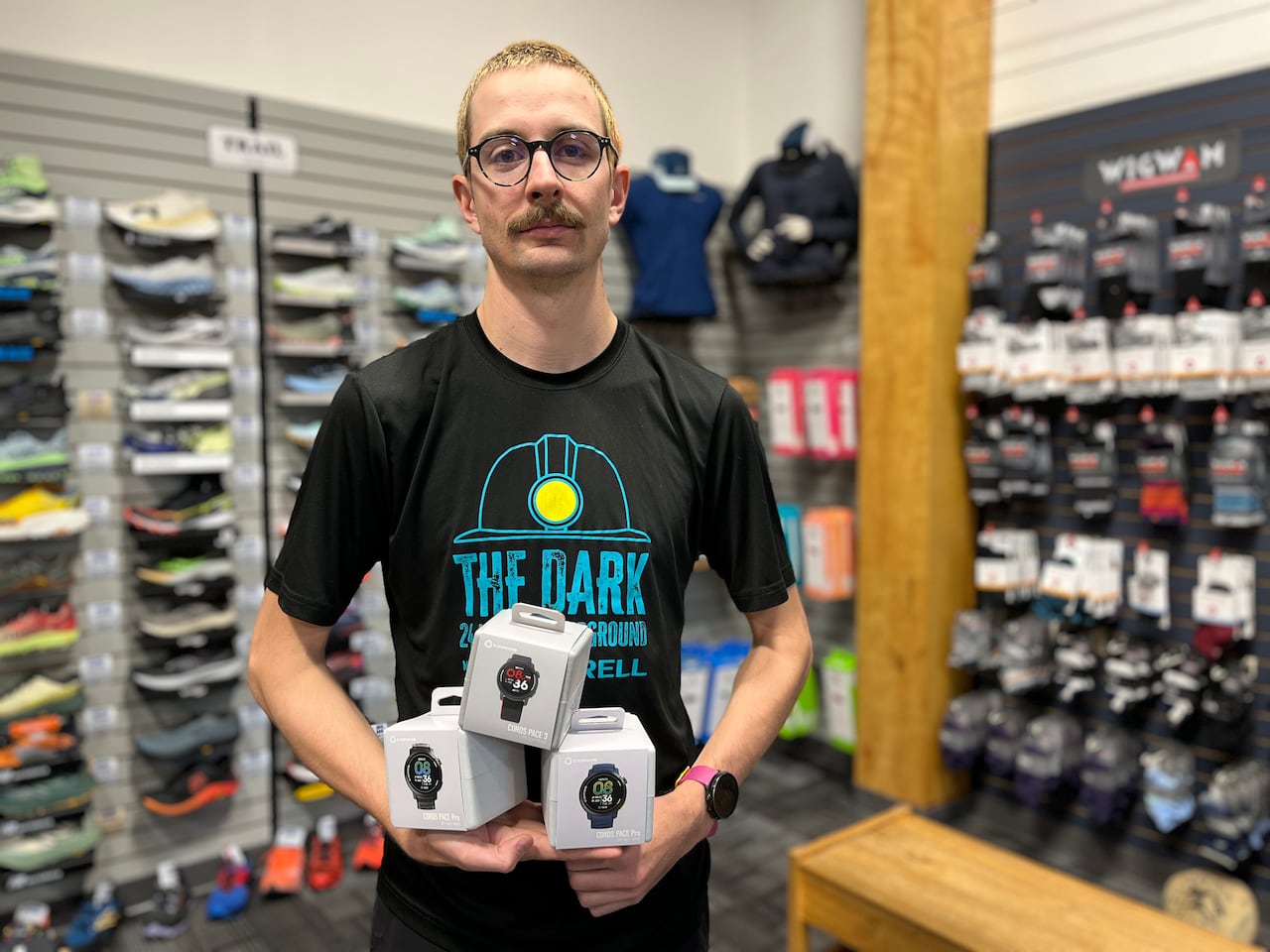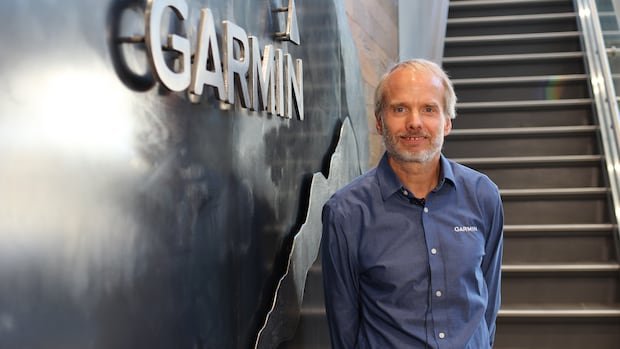In a small Alberta town, an eclectic group of engineers and athletes are helping fuel the explosive growth of fitness watches and wearables.
Just off the highway on the way to the Rocky Mountains, Garmin Canada’s Cochrane headquarters is where the company develops technology that extracts biometric data from a person’s wrist and feeds it into their watch.
Nowadays there is a lot of demand for that. Sales of physical activity tracking devices are aboveAnd south of the border, US Health Secretary Robert F. Kennedy Jr. has laid out a vision of the future in which every American will use a wearable device in the next four years.
Garmin makes everything from bike computers to GPS devices for boats and airplanes, but it has carved out a niche among athletes and runners with a wide catalog of sports watches and ultra-specific wearables.
The company’s latest earnings, released this week, saw its fitness device revenue increase 30 percent in the latest quarter and increase its 2025 revenue growth estimate for the fitness segment. The stock fell slightly Wednesday, when overall sales saw a bit of light and its outdoor segment saw a year-over-year decline.
“It’s doing very well,” said Ivan Feinseth, partner and director of research at Tigress Financial Partners in New York, who sees the stock’s current decline as a buying opportunity.
But growing in a particular sector means pressure to maintain it. The company, which has built its Canadian footprint in recent years, it needs to continue introducing new versions of its devices while defending itself demandsstay ahead of the competition and maintain customer interest, especially when a slowing economy causes many to adjust their spending.
Local roots
Garmin Canada started as another company: Dynastream Innovations. In 1998, four engineers at a Cochrane workshop founded the company with a basic device that could clip to a person’s shoe and tell them how fast they were running and how far they had traveled.
In those days, said Dynastream co-founder Jim Rooney, if someone wanted that information, their only option was to get in the car and follow their route while keeping an eye on the odometer.
From there, the company had to figure out how to get that data into a watch and convince people that it was worth wearing.
“People had stopped wearing watches; they used their phones for everything,” said Rooney, who is now CEO of Garmin Canada. “We had to give people a good reason to put them back on their wrist and wear them.”
For years, Rooney said, Dynastream made products for other major players, such as Suunto, Adidas and Timex. Garmin went from being the company’s biggest competitor to its biggest customer, Rooney said, eventually acquiring Dynastream in 2006.

Dynastream became Garmin Canada in 2018. Since then, the company’s Canadian headquarters has undergone a massive expansion to a three-story building in Cochrane that employs about 280 people.
Despite their growth, Rooney said they have chosen to keep their home base close to the mountains so that their many product testers can easily fly to the mountains to test the latest running or cycling device.
Increasing demand
Whether you’re an ultramarathoner or a casual runner, interest in fitness devices is increasing.
According to market research firm Circana, sales of fitness trackers in the US so far this year they are up 88 percent compared to last year and are expected to continue increasing.
The devices are also getting a boost as people use their workplace health spending accounts to purchase them, a trend that analysts believe will likely continue.
“The healthcare industry is gradually moving from seeing its purpose in life as addressing people’s illnesses to trying to incentivize wellness,” David MacGregor, an analyst at Longbow Research, said in an interview earlier this month.
He said there is some speculation that the US is considering legislation that would allow people to wear these watches without a doctor’s note.
“If that happens, then the total available market will expand dramatically.”
How long can you grow?
As with any company that makes consumer products, Garmin’s most pressing challenge is figuring out how to create new versions of its devices so customers keep coming back.
At Gord’s Running Store, a long-time Calgary staple, salesperson Nigel Lauchlan said they no longer carry Garmins. While he believes the company currently leads the pack as the most popular device among runners, he said there are plenty of other options available.
“We can sell people the same thing for $400 less,” said Lauchlan, who wears a Polar brand running watch.

The company also does not make smart rings, a category that generates many growth in the broader market for wearable fitness devices these days.
A recent lawsuit of fitness tracking app Strava for alleged patent infringement and breach of contract filed a public relations challenge. For a short period of time, the dispute generated many online rumors among runners and cyclists, although it was recently abandonment.
Finally, the state of the economy could pose another obstacle. The United States and Canada have been on the brink of recession, although the company has so far managed to convince people to continue shelling out money for its sports watches.
“It’s just not clear to what extent Garmin could remain resilient in that experience,” said Longbow Research’s MacGregor.
But in a crowded market, Garmin has set its sights on true outdoor nerds. While Apple, for example, has a few different watches aimed at everyday fitness enthusiasts and more serious runners, Garmin has dozens of different devices aimed at specific sports with niche data points and ultra-long battery life.
“If you are really a running, cycling enthusiast [or]now, a horse enthusiastyou’re going to favor Garmin,” said Feinseth of Tigress Financial Partners.
Rooney couldn’t say what particular projects the company is pursuing next, but said it is paying attention to both form and function.
A possible area of growth? The animal kingdom.

Feinseth noted that horse owners regularly spend thousands of dollars on animal care, making the company’s new equine wellness tracker a relative bargain at $840.
“Believe it or not, rodeos are a fast-growing spectator sport,” he said in an interview earlier this month.
“When you’re riding that horse, trying to tie that cow, that calf, you’re going to want a Garmin tail monitor.”









